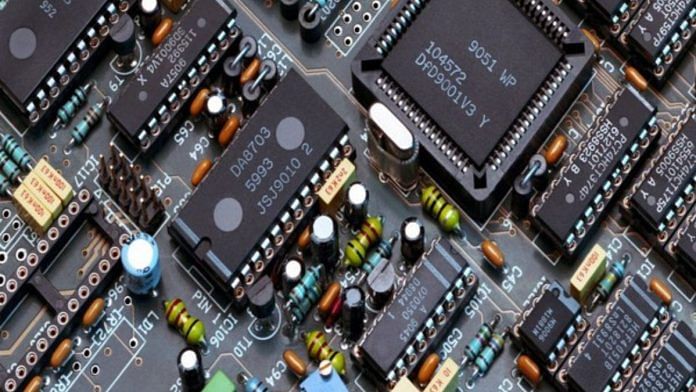Researchers from IIT Guwahati, along with IIT Mandi and Institute of Sensor and Actuator Systems at Technical University Wien have developed a breakthrough technique for growing ultra-wide bandgap semiconductors, IIT Guwahati has said. Named gallium oxide, this semiconductor has the potential to significantly improve the efficiency of power electronics used in high-power applications.
The main advantage of this new technology is that it can withstand extreme temperatures as high as 200 degrees Celsius. This is ideal for high-power electronics, which are used in a variety of areas such as electric vehicles, high-voltage transmission, traction, and industrial automation.
Power semiconductor devices are the heart of every power electronic system. They are responsible for switching on and off the main supply voltage, and this can cause significant losses in terms of efficiency.
There is a considerable amount of research into improving the efficiency of power electronic systems by using materials like Gallium Nitride (GaN) and Silicon Carbide (SiC). However, these materials have some limitations, such as high cost.
The new research team has successfully developed superior-quality ultra-wide bandgap compound semiconductors by incorporating gallium oxide with tin. This has improved the conductivity and thermal performance of the material, making it ideal for use in high-power applications.
The findings of the study have been published in multiple research papers in the Journal of IEEE Transactions on Electron Devices and Thin Solid Films. The researchers hope that this breakthrough technology will pave the way for the development of more efficient and sustainable power electronics that can support a range of high-power applications.
Also read: IIT-BHU campus has changed for women after student gang rape. Life stays the same for men



